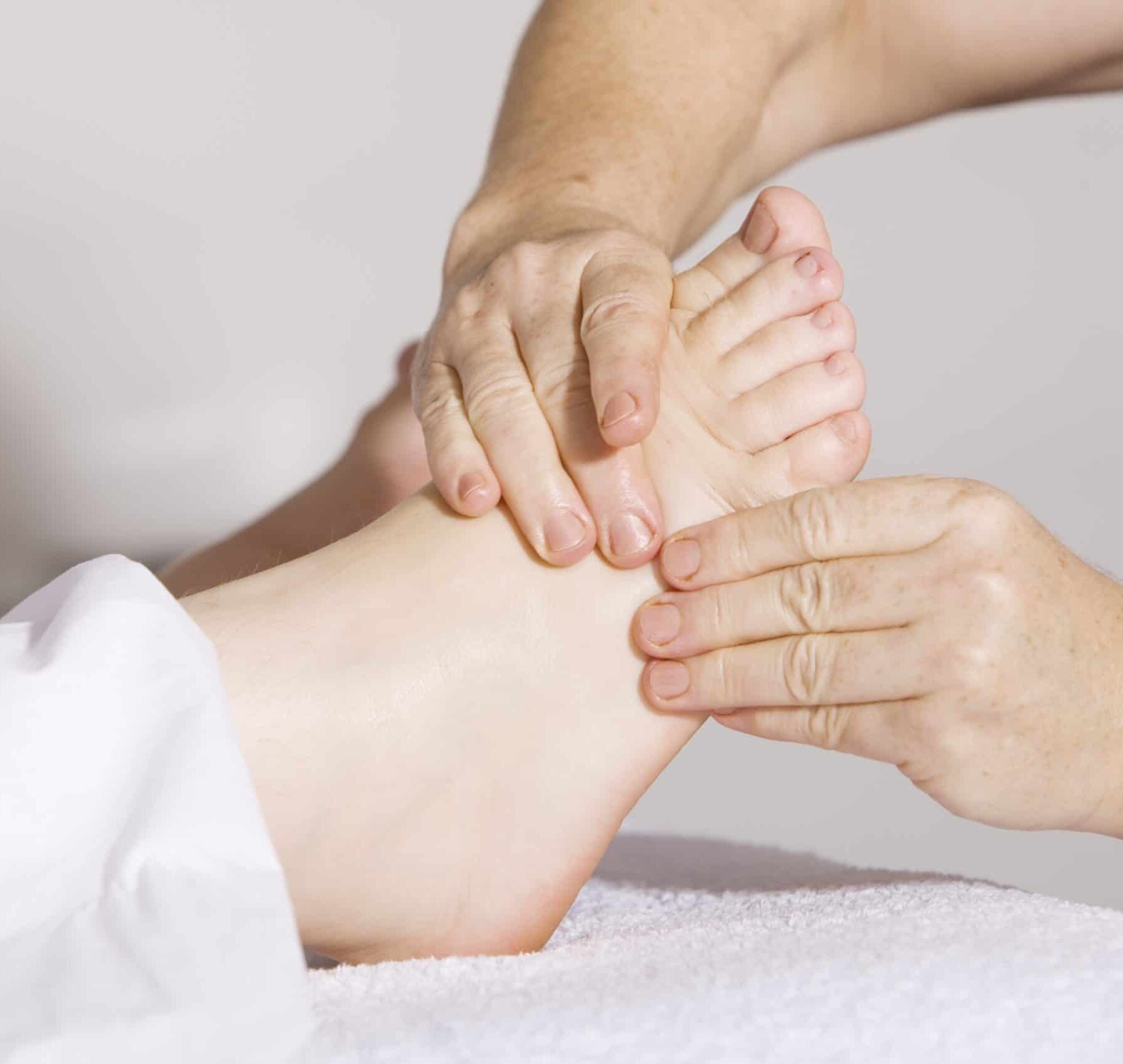
Why Bother With Physical Therapy During End of Life Care?
If you or a loved one is in end-of-life care in Santa Clara and elsewhere, you may wonder what good physical therapy can do. Well, as it turns out — a lot. In honor of National Physical Therapy Month, we want to take a look at the benefits of physical therapy even in hospice care. While you may assume that since people in hospice are in their last six months of life, physical therapy can’t possibly be beneficial. But it all comes down to the comfort and quality of life.
From optimizing remaining functional abilities to symptom and comfort control, incorporating physical therapy (PT) can bring great value to the patient and the family as well.
First off, let’s define what physical therapy is. This type of therapy is provided by trained and licensed physical therapists who happen to be movement experts. They provide exercise, hands-on care, and education for the patient, teaching them how to manage their condition, says the American Physical Therapy Association. PTs can also customize a plan that gets the most out of each individual’s remaining quality of life, with the goal to help those nearing the end of life be as comfortable as they can, maintain a sense of self, and optimize any remaining abilities.
Physical Therapists and Hospice Patients
Hospice care, as you may already be aware, does not focus on cures and recoveries like palliative care does. People can enter hospice when their prognosis from a doctor is that they have less than six months to live. The focus at that time is solely on comfort. So, the physical therapist’s role in the hospice setting is a bit different than that of a rehab team member in another setting such as after a sports injury.
This type of PT focuses on the physical care of hospice patients, putting aside their role of control and instead concentrating on active listening and problem-solving, according to the NIH. Being an educator is a big part of being a hospice PT. During end-of-life care, the physical therapist is trained in:
- Acting as a counselor to build upon a foundation of strong communication.
- Using active listening skills.
- Showing the patient how to move comfortably and safely.
- Educating family members on exercises they can do with their loved one.
- Easing the burden on family caregivers.
Activities and Therapies
There are many everyday activities and therapies physical therapists can provide for hospice patients, such as:
- Controlling pain.
- Using several modalities, ranging from heat to cold.
- Providing therapeutic exercises.
- Going over activities of daily living (ADLs) focused on the patient’s strength and mechanical capabilities.
- Customizing exercises and positions to maintain function while allowing the patient to experience comfortable ranges of motion.
- Helping the patient manage edema which can be caused by excessive amounts of water in the body.
- Positioning patients in such as way that pressure sores and contractures do not occur.
- Aiding in breathing and digestion.
- Providing endurance training and energy-conservation techniques.
- Teaching exercises such as stair climbing, gait training, and transfers.
- Recommending equipment, training, and modifications within the home.
- Evaluating the ability to move safely, while outlining difficulties to focus on.
- Helping with walking and transferring, such as getting in and out of bed, getting from wheelchair to bed, and getting on and off the toilet.
- Re-assessing the level of pain on a regular basis and suggesting therapies to reduce pain via strengthening exercises.
Falls are a major concern for those in end-of-life care. In fact, studies predict that half of patients with advanced cancer will take a fall in the next six months while in hospice. The repercussions of a fall can be dangerous, reducing functional quality of life, increasing anxiety levels, and resulting in unnecessary pain and suffering. Physical therapy is the best way to reduce the chance of falls in older adult hospice patients.
Dignity and Self-Respect
The patient’s sense of self is at stake when in hospice. First off, they have to deal with the diagnosis and experience of chronic illness, then move onto palliative care, and then finally to end-of-life care. Sense of self and dignity can really take a hit. A PT’s top priority is to help the patient avoid injury, remove safety hazards, and ensure pain relief. The other job they have, and it’s not usually listed on a job description, is to restore and maintain the patient’s sense of self so that they can better cope at the end of life while keeping their dignity and self-respect intact.
Contact Pathways Home Health and Hospice
In addition to our regular care team which includes doctors, nurses, aides, social workers, and pharmacists, we can also bring in physical therapists for anyone in our hospice care program. To learn more, reach out to us at 888-978-1306. We would be happy to discuss our program with you!

